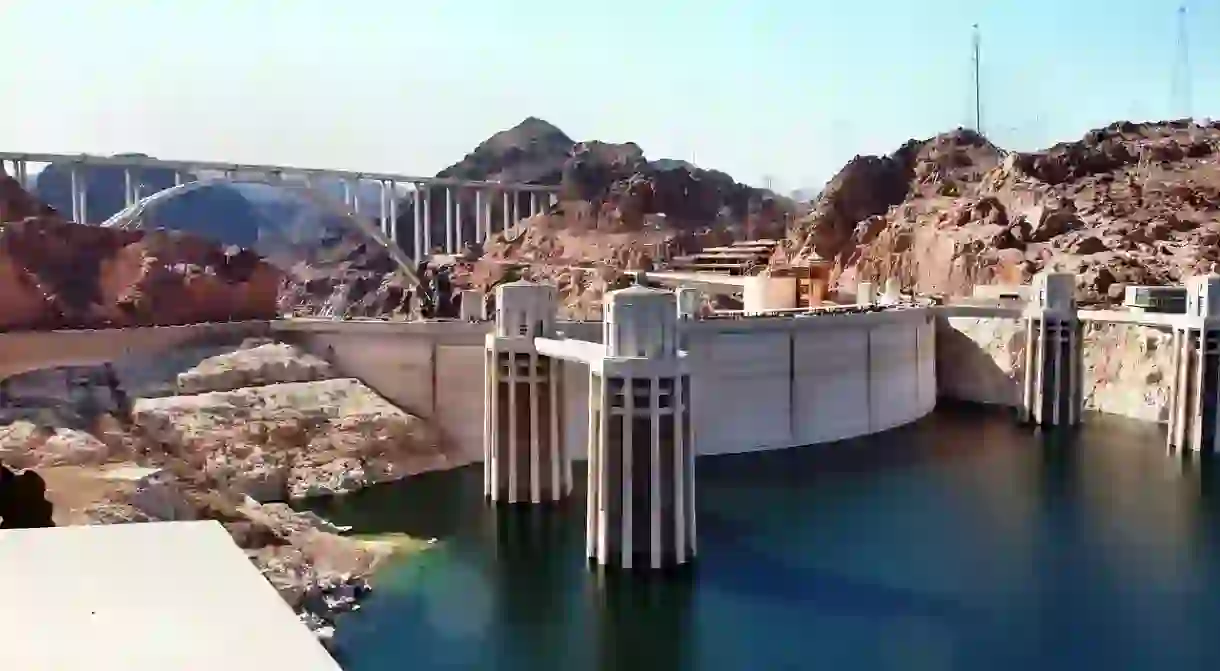A Guide To America's Greatest Dams

The US, with its vast 3,000-mile-wide landscape, has had the space – and funds – to build some of the most impressive dams in the world, many of which have helped to prevent massive flooding damage, provide irrigation and water storage, generate hydroelectric power, and control the waters of the nation’s many rivers. From Nevada’s Hoover Dam to California’s Oroville Dam, discover America’s five greatest dams.
Hoover Dam, Nevada
Natural Feature

Roosevelt Dam, Arizona
Fort Peck Dam, Montana
Fort Peck Dam, located in northeast Montana, is the highest of the six major dams located along the Missouri River, at over 250 feet high and 21,026 feet long. The dam was part of a major project in the New Deal, authorized by President Franklin Delano Roosevelt in late 1933; starting construction in 1934, the dam was built in hopes to provide jobs for a ‘Depression-plagued workforce’ and control flooding, a concern since the mid-1800s. By its completion in 1940, the dam had employed thousands of workers, with many towns springing up around the dam to house them. Today, the dam resides within the Charles M. Russell National Wildlife Refuge and helps to regulate water flow as well as create hydroelectric power with its reservoir, Fort Peck Lake – the fifth largest man-made lake in the US.

Oroville Dam, California
Natural Feature
Glen Canyon Dam, Arizona
Bridge, Natural Feature














